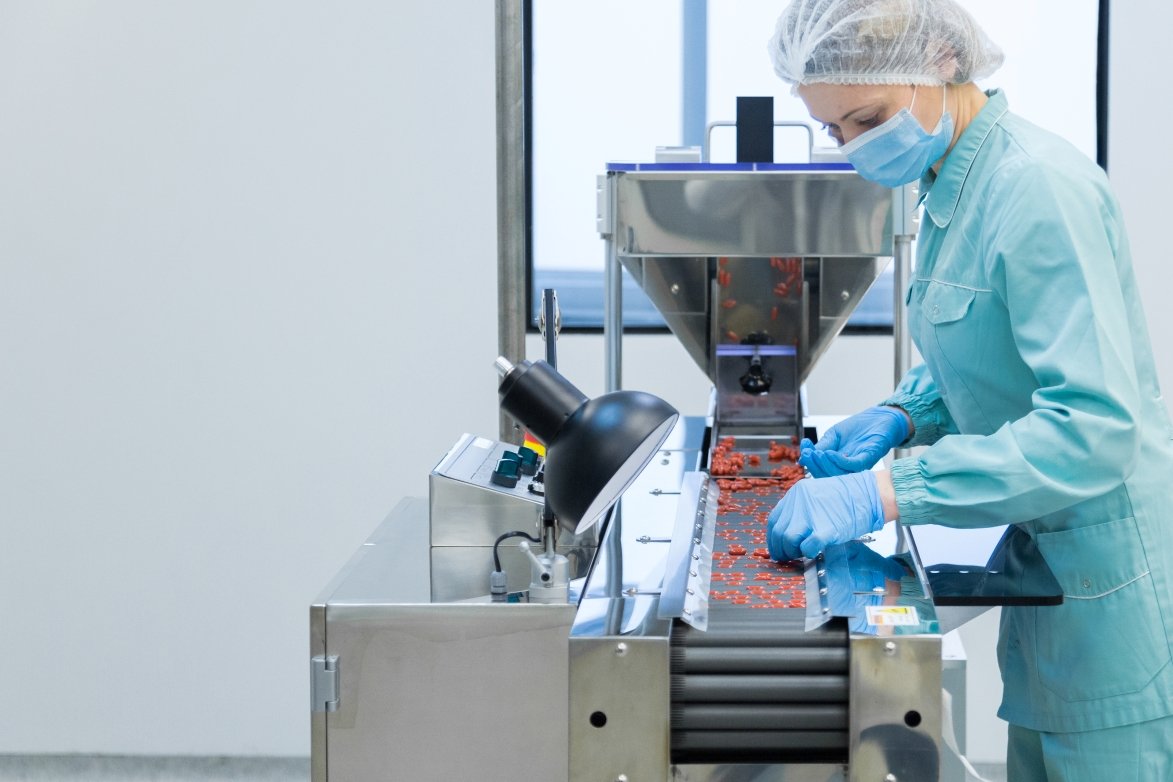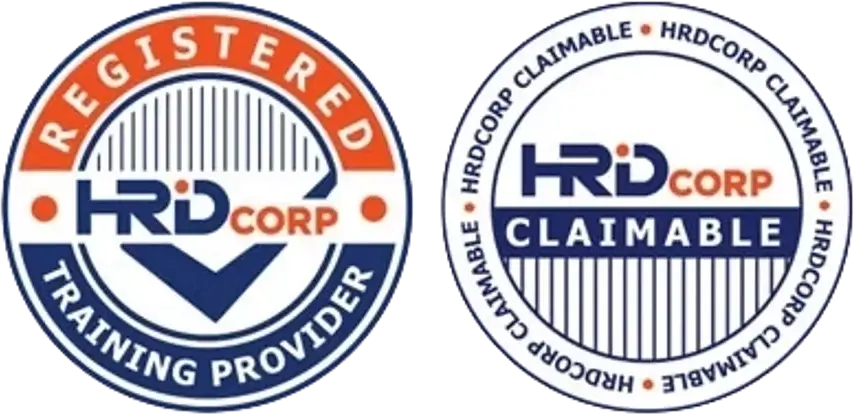How Can Small Food Businesses Implement HACCP Without Huge Costs?
Many small food businesses believe that HACCP (Hazard Analysis and Critical Control Points) is too expensive, complicated, or only for big factories. The truth is: HACCP can be scaled down to fit the size and resources of a small operation. With the right approach, you can implement HACCP without spending huge costs while still protecting food safety and meeting regulatory requirements.

💡 Common Cost Concerns for Small Food Businesses
-
Hiring external consultants feels too expensive.
-
Belief that HACCP requires advanced software or digital tools.
-
Fear of needing a full-time Quality Assurance (QA) team.
-
Worry about paperwork overload.
-
Misunderstanding that HACCP = “big factory system only.”
✅ Practical Steps to Implement HACCP Affordably
1. Start Simple with Prerequisite Programs (PRPs)
-
Focus on basic hygiene, cleaning, and pest control.
-
Use existing staff to handle daily tasks — no need for extra hires.
-
Document in simple checklists instead of complex forms.
2. Train Staff Internally
-
Provide basic HACCP awareness training through free or low-cost online courses.
-
Assign one person as the HACCP coordinator instead of creating a whole department.
-
Use posters, short SOPs, and toolbox talks instead of costly training manuals.
3. Develop a Scaled HACCP Plan
-
Identify only the real CCPs (Critical Control Points) relevant to your process.
-
Avoid overcomplicating with too many unnecessary CCPs.
-
Templates for HACCP plans are available at low or no cost.
4. Use Affordable Tools for Monitoring
-
Thermometers, pH meters, or weighing scales are usually sufficient.
-
Digital tools are optional but not mandatory for compliance.
-
Record results on simple log sheets.
5. Leverage Free or Low-Cost Resources
-
Guidance documents from local authorities (e.g., KKM, FDA, EFSA) are free to download.
-
Industry associations often provide checklists and templates.
-
Online communities and training platforms share HACCP best practices at low cost.
6. Phase Implementation Step-by-Step
-
Start with 1–2 processes/products before expanding to all operations.
-
Spread out costs by upgrading gradually.
-
This phased approach helps you manage budget and staff workload.
7. Conduct Internal Reviews
-
Regularly check if staff are following HACCP procedures.
-
Assign supervisors to verify records — no need for external auditors until certification stage.
-
Keep reviews simple and practical.
📊 Cost-Saving Benefits of HACCP for Small Businesses
-
Prevents costly product recalls and penalties.
-
Builds customer trust and opens doors to retail supply chains.
-
Reduces waste and rework, saving raw material costs.
-
Prepares you for future certifications like ISO 22000, GMP, or FSSC 22000 without major rework.

✅ Final Takeaway
HACCP doesn’t have to be expensive. Small food businesses can implement it step by step, using simple tools, free resources, and existing manpower. By doing so, you ensure food safety compliance, customer confidence, and business growth — without huge costs.
👉 If your small factory wants to adopt HACCP affordably, start with the basics today and scale up as your business grows.


